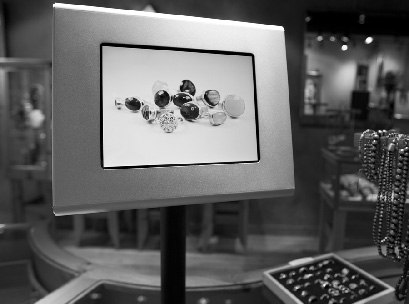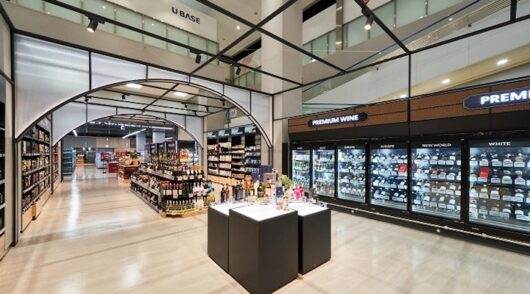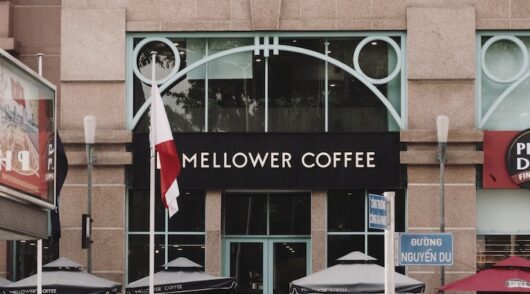The son of a mate of mine got his first iPad the other day. He’s 19 months old.
Granted it’s a first generation iPad (probably about the same vintage as its new owner come to think of it), but it’s an iPad nonetheless. Interestingly, the toddler learned his first language – baby sign language – from an app on the Apple tablet.
My friend’s little boy might not have any purchasing power right now, but he is the customer of the near future. And when using technology comes as naturally as breathing, he’s going to expect a very different experience from physical retail stores.
Already, we’re starting to see retailers incorporate far more technology and interactive elements into their store designs. I wrote earlier this year about the trend to ‘Mashops’ and ‘Digitail’ – “mashing up” technology with bricks and mortar so that it becomes difficult to tell where the store ends and the web begins and vice versa. I said that we will see more “endless aisles” in-store (terminals to allow customers to shop the web if they can’t find what they need on the rack), immersive and interactive digital experiences, checkouts on your smartphone, iPad enabled shop assistants and more.
It’s happening. And fast.
Bloomingdale’s in NYC has replaced six of its traditional window displays with interactive sunglasses shops. LCD screens with cameras identify the position of your eyes and superimpose different sunglasses on your image. When you like what you see, you can select a print button, which sends a picture of yourself wearing the glasses to the Bloomingdale’s “Sunglass Style bar” inside.

Top-end US department store Neiman Marcus has an iPhone app that takes service to another level. You can choose to automatically alert a sales associate when you enter the store, or you can browse first and then hit a button to summon help. The app lets the sales assistant see your shopping history, and uses a Facebook photograph to help recognise shoppers. The app also allows customers to scan QR codes on signs through the store to access the latest trends and product information.
UK department store John Lewis is trialing augmented reality, enabling customers to try clothes on virtually, via two StyleMe mirrors. Customers can stand in front of the mirror and select from 500 different outfits to create a virtual collection, which they can use to make a decision then and there, or opt to have their selections emailed to them.
Nike has launched a “FuelStation” store bristling with technology at Shoreditch in London, which features interactive avatars, digital signage and augmented reality iPads.
In Australia, we’ve also seen technology embraced by the likes of Westfield with its innovative iPhone app, which puts the shopping centre in the palm of your hand, plus OPSM at their EyeHub flagship in Melbourne with interactive smart mirrors similar to Bloomingdale’s.
Apple Stores, unsurprisingly, were at the forefront of the trend, and still offer a view of where things are headed. They were first to market with mobile POS units; “line busting” technology that allows shoppers to checkout without going to the checkout. And Apple is in front again with their use of iPads for digital signage in store, that let customers get more detailed information, compare products, explore alternatives, and hit a button to call up human help.
There are some bad examples of ‘Digitail’ too. Piers Fawkes wrote recently in PSFK about the “greeter” hologram that shouts at shoppers as they enter a New York City branch of the US pharmacy chain Duane Reade. As Fawkes wryly noted, “I don’t how much a virtual sales person costs, but I’m sure it’s a lot more than a real one does”.
All of this will be laughably crude to my friend’s little boy. He’ll expect digital to be woven into the very fabric of the store design, so that it is not obvious but always there. As screen technology improves, every surface, down to the label in a garment will be responsive to the touch… offering more information, assistance and advice.
In a touch-screen world, however, the customer of the future will still look forward to the “high touch” experience of great service. In my mind, it’s a matter of striking the right balance between high tech and high touch.
Jon Bird heads up specialist retail marketing agency IdeaWorks, and is Chairman of Octomedia, publisher of Inside Retail. Email Jon. Blog: www.newretailblog.com Twitter: @thetweetailer






